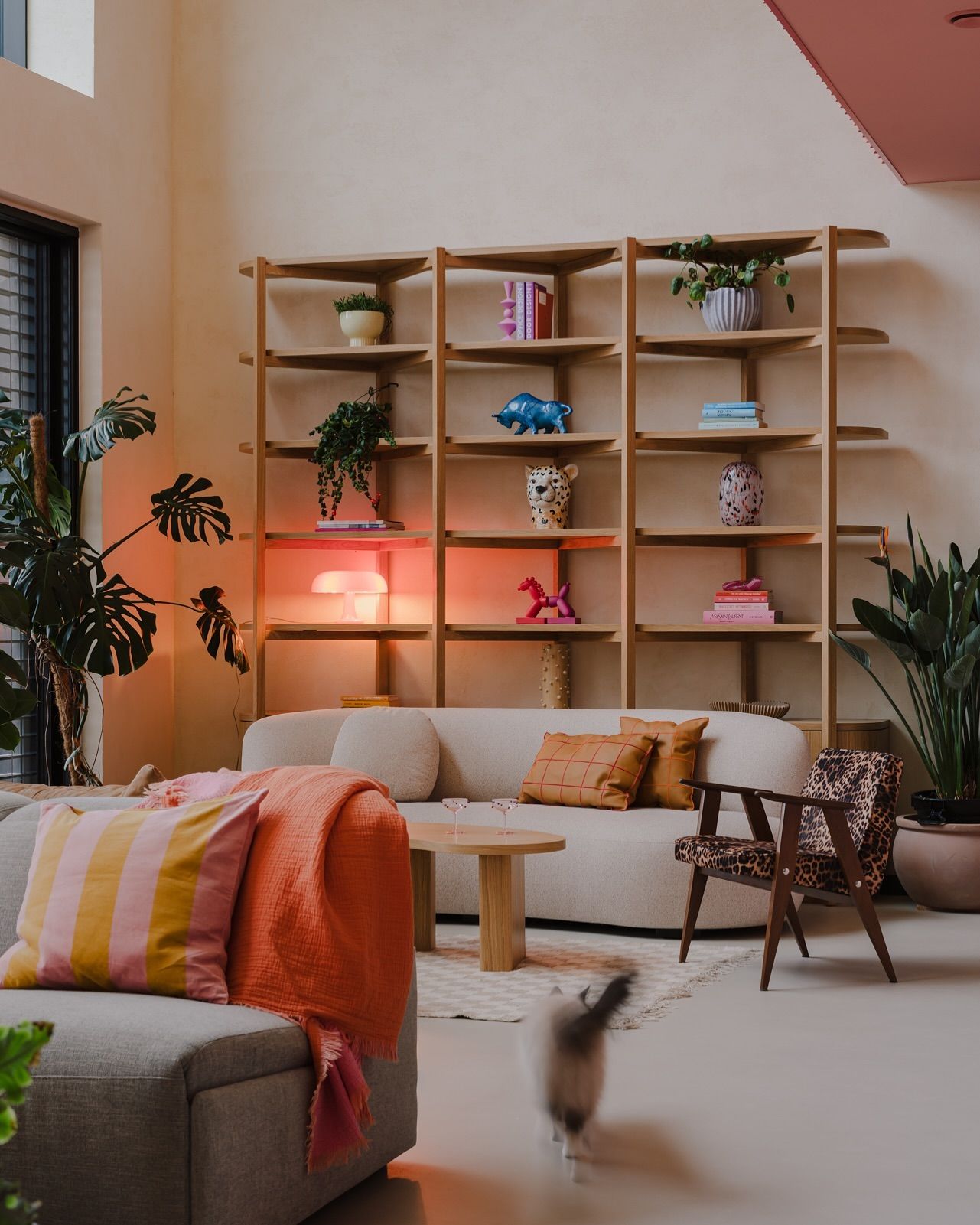Discover Automatic Litter Boxes
Spoken matches automatic litter boxes across 100s of stores to find you the best price.



Quick facts
Can't find the answer you're looking for? Please get in touch with our friendly team.
Are cats scared of automatic litter boxes?
Some cats may be scared of automatic litter boxes due to their noise or sudden movements. However, many cats adapt quickly. It's important to introduce the box gradually and ensure it’s placed in a familiar, quiet area to help them feel comfortable.
How often should you change the litter in an automatic litter box?
You should change the litter in an automatic litter box every 1 to 4 weeks, depending on the type of litter and the number of cats using it. Regularly check the litter's condition to ensure it's clean and odor-free for your pet.
Do automatic litter boxes need to be plugged in?
Yes, most automatic litter boxes need to be plugged in to function. They require electricity to power the cleaning mechanism and sensors. However, some models may run on batteries, but these are less common.
Can regular litter be used in an automatic litter box?
Regular litter can often be used in an automatic litter box, but it's best to check the manufacturer's recommendations. Clumping litter is generally preferred for better performance, while non-clumping litter may not work as effectively with the automatic cleaning mechanism.
Has the Litter-Robot killed any cats?
There are no verified reports of the Litter-Robot causing harm or death to cats. The device is designed with safety features to prevent accidents. However, it's essential for pet owners to monitor their pets around any mechanical devices to ensure their safety.
What are the disadvantages of an automatic litter box?
Disadvantages of an automatic litter box include higher initial costs, potential mechanical failures, and the need for regular maintenance. Some cats may be hesitant to use it, and it may not effectively manage odors compared to traditional litter boxes.
Category Overview
Introduction
Automatic litter boxes serve a crucial role in modern pet ownership, providing convenience and hygiene for cat lovers. These innovative devices automate the often unwelcoming task of cleaning up after your feline friend, significantly enhancing everyday life by allowing you more time to relax and enjoy your pet’s company. With their sleek designs, they not only offer utility but can also blend seamlessly into your home decor, enhancing the aesthetic without compromising on functionality.
Functionality
The primary function of automatic litter boxes is to self-clean after each use, sifting through waste and depositing it into a sealed compartment. This means less frequent manual scooping and a fresher environment for both you and your cats. These boxes can fit comfortably in various spaces such as laundry rooms, bathrooms, or even discreet corners of the living room. Many come equipped with unique features like odor control systems or app connectivity that alerts you when maintenance is needed—elevating them beyond traditional litter boxes.
Design & Style
Automatic litter boxes come in an array of styles and materials—ranging from sleek plastic finishes to luxurious wood-like exteriors that mimic furniture aesthetics. You can find options that cater to diverse design preferences: minimalist designs suit contemporary homes while rustic models complement farmhouse themes. Personalization is key; some models allow custom covers or interchangeable mats to match existing decor styles in your space.
Practical Considerations
When selecting the right automatic litter box for your home, consider factors like room size (to ensure it fits comfortably), material durability (for longevity), and specific usage needs (such as whether you have multiple cats). Additionally, avoid common mistakes like choosing a model that's too small or dismissing noise levels; some automated units may produce sounds that could startle pets initially. Understanding these elements will maximize functionality and ensure a seamless integration into your day-to-day life.
Comparison and Alternatives
When weighing materials like plastic versus metal for automatic litter boxes, consider durability against aesthetics. Metal might offer longevity but could clash with softer home interiors; conversely, plastic may be easier to clean but less visually appealing. The shape also matters—round models can fit snugly in corners while rectangular ones might provide better space utilization depending on where you plan to place them.
Trends and Popular Items
The trend towards smart home technology has led to an increase in demand for high-tech automatic litter boxes featuring Wi-Fi capabilities or health monitoring sensors for your cats. Eco-friendly materials are gaining popularity too, catering to environmentally conscious consumers looking for sustainable options. As customers lean towards mid-century modern aesthetics or functional minimalism, there's never been a better time to explore the latest offerings in this category. In summary, automatic litter boxes are not just about convenience; they’re about crafting a harmonious living space where you can enjoy your pet without the hassle of constant upkeep. By carefully selecting one that fits both your practical needs and design preferences, you'll create an environment that's welcoming for everyone—including your furry friends!